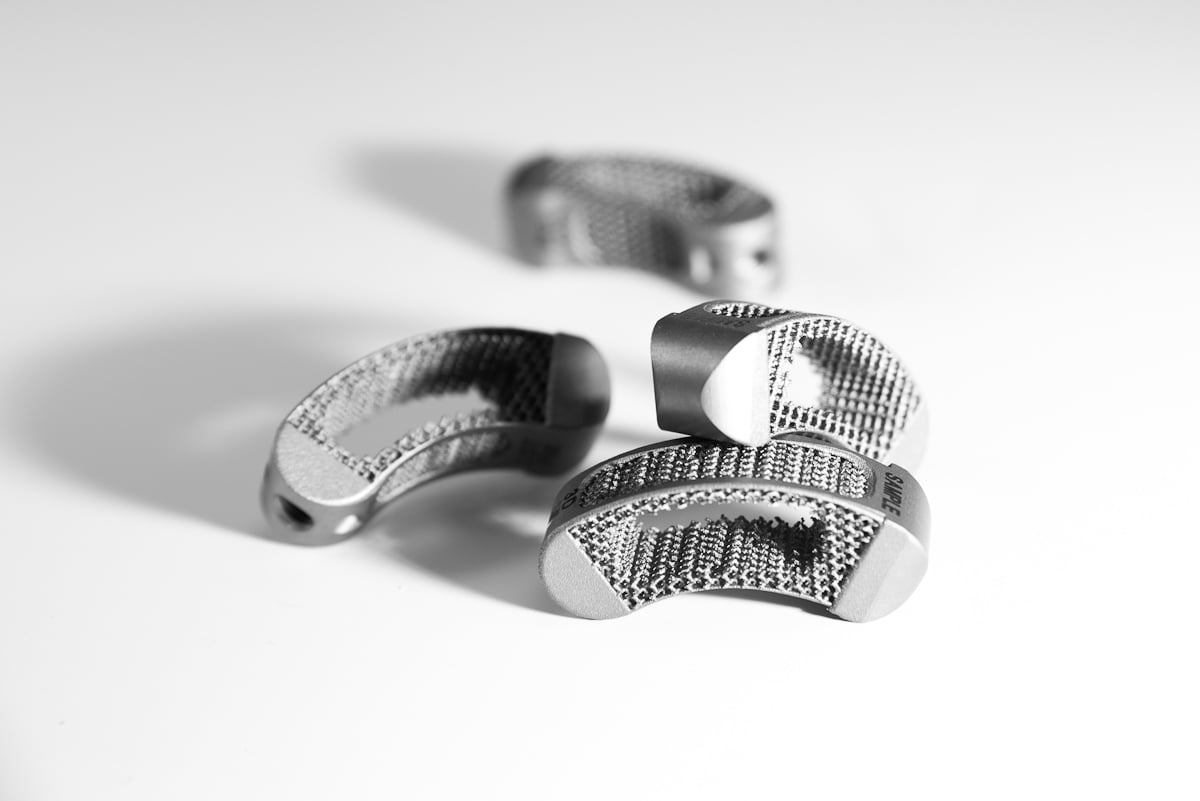
Researchers from Bochum, Göttingen, Duisburg, and Cologne in Germany have developed a new method to detect bacteria and infections. They use fluorescent nanosensors for this purpose. This can be done much faster and easier than with established methods.
The discovery of this new technique is credited to a team of German scientists at the Ruhr Universität Bochum (RUB), led by Prof. Dr. Sebastian Kruß. Their research was published online yesterday in the academic journal Nature Communications.
In conventional methods, tissue samples must be taken and analyzed in order to detect bacteria. Sebastian Kruß’s group wants to make sampling obsolete. Instead, they aim to make pathogens visible by using tiny optical sensors placed directly on the infection site.
Fluorescence changes
The sensors are based on modified carbon nanotubes that have a diameter of less than one nanometer. When irradiated with visible light, they shine in the near-infrared range with a wavelength of about 1,000 nanometers and above. Such light is not visible to humans.
This fluorescent behavior changes when the nanotubes interact with certain molecules in their environment. Since bacteria secrete a characteristic mix of molecules, the glow of the sensors can thus indicate the presence of specific pathogens.
In its ongoing work, the research team describes sensors for several of these bacterial mixes. This is how harmful pathogens associated with implant infections can be detected.
“The fact that the sensors work in the ‘near-infrared range’ is particularly interesting for optical imagery. There are far fewer background signals in this range that might falsify the results,” says Sebastian Kruß. He is from the Functional Interfaces and Biosystems Group research department at RUB. The light of these wavelengths penetrates deeper into human tissue than visible light, which makes it possible to read bacterial sensors. This is even achievable under wound dressings or on implants.
Further areas of application imaginable
“In the future, this could become a standard application for optical detection of infections on intelligent implants. As a result, taking samples will no longer be necessary. The healing process is improved this way, and a potential infection can be detected quickly. This, in turn, leads to better patient care,” says Robert Nißler, first author of the study and attached to the University of Göttingen. “Although the potential areas of application are not just limited to this,” Kruß adds. “An improved rapid diagnosis of blood cultures in the context of sepsis is also conceivable in the future.”
As well as scientists from the Ruhr University of Bochum and the Institute of Physical Chemistry at the University of Göttingen, teams from the Department of Medical Microbiology at the University Medical Center Göttingen, the University Medical Center Cologne, and the Fraunhofer Institute for Microelectronic Circuits and Systems in Duisburg were also involved in the research.
Read the original publication in Nature Communications via this link.








